Tefal So Tasty Handleiding
Bekijk gratis de handleiding van Tefal So Tasty (6 pagina’s), behorend tot de categorie Pan. Deze gids werd als nuttig beoordeeld door 30 mensen en kreeg gemiddeld 4.8 sterren uit 15.5 reviews. Heb je een vraag over Tefal So Tasty of wil je andere gebruikers van dit product iets vragen? Stel een vraag
Pagina 1/6

TEFAL/T-FAL*
INSTRUCTIONS FOR USE FOR COOKWARE
Congratulations on your purchase and welcome to e world of Tefal/T-Falth * cookware! Tefal/T-Fal* cookware is designed to provide many years of cooking enjoyment, superior performance and maintenance-free service
Before rst use
Remove all packaging materials, labels, sckers and tags.
NOTE: Some cookware is shipped with a protecve plasc piece, in parcular those located at the base of the handle. Please discard before use, as failure to remove this
piece could create a re hazard.
Wash cookware in warm, soapy water, then rinse and dry thoroughly using a so cloth or paper towel
For cookware with a non sck interior, heat each pan on low for 30 seconds, remove from heat and spread one teaspoon of cooking oil over the enre interior surface with a clean
cloth or paper towel. Wipe o any excess. You should then condion the pan regularly to maintain the performance of the non-sck coang.
General cooking ps
Use only low to medium heat with your cookware at all mes (including boiling water). Low to medium heat oers best cooking performance. High heat may damage your
cookware and this type of damage is not covered under the guarantee. Use high heat only for reducing liquids. Medium to medium high heat for sautéing, sr frying and frying.
Low heat for warming food, simmering and preparing delicate sauces.
Never let cookware boil dry or leave an empty piece of cookware on a heated ring or gas ame.
Select the proper hob ring or gas ame size so that the heat or gas ame touches only the boom of the cookware and does not climb up the sides of the pan
Do not use non-sck coated pans to ambé.
Let pans cool before cleaning to prevent warping caused by extreme temperature shocks. Avoid any extreme temperature changes.
Do not slide or drag cookware across the hob surface as this may cause damage to both the cookware and the hob surface.
Discolouraon: Overheang and extreme temperature shock can cause brown or blue stains. This is not a defect in the product, it occurs from using too high a heat seng
(typically in an empty or minimally lled pan). Also large amounts of iron in your water can cause discolouraon and result in the pan looking slightly rusty. Large amounts of
limestone in your water can cause white spots that you can easily remove with lemon juice or white vinegar.
When boiling water, add salt to water only aer it has come to the boil to keep salt grains from damaging the steel components of the cookware
Never heat fat or oil to the extent it smokes, burns or turns black.
Milk scorches easily. Heat over low to medium heat unl bubbles form around the edges.
To avoid spillage, do not ll the pans more than two-thirds full.
Avoid using your pans to store acidic, salty or fay foods before or aer cooking.
Unless otherwise stated only use your Tefal pans on a hob and not in an oven refer also to secons regarding handles, knobs and lids –
Hob suitability and use
Ensure suitability for your hob by referring to the symbols displayed on the sleeve, packaging or catalogue.
Always dry the base of your cookware before cooking, especially if you use it on a ceramic, halogen or inducon hob, otherwise the pan may sck to the hob.
Depending on your hob type, the base of your pan may become marked or scratched. This is normal.
Choose a suitable sized gas ame or ring for the base of the pan and centre your pan over the heat source.
On a ceramic hob, take care that your hob and the base of the pan/pot are perfectly clean to avoid anything geng trapped between the pan and the hob, thereby scratching the

hob.
Never drag pans across the surface always li the pan/pot o. –
Never “shue” frypans, woks or sauté pans on the hob whilst cooking
Use on an induction hob
Inducon is a heang method, which is much faster and more powerful than other heat sources. To guarantee the performance of your cookware:
• Never heat pots and pans when empty.
• When preheang your pan we recommend that you set the hob (output level) to a mid-range temperature seng (you should consult the operang instrucons for your inducon hob).
• If using a non-sck coated pan use the Thermospot technology so that you can see when the pan has reached the perfect cooking temperature, then add your food and reduce the heat to
maintain the temperature (to prevent overheang the pan).
NOTE: The eciency of the pan may be aected by the diameter & power of your hob.
Helpful hints on lid use
When removing a lid during cooking, lt it to direct steam away from you and keep hands and face away from vents.
Do not use glass lids that have cracks, chips or scratches and do not aempt to make repairs to damaged cookware. Using damaged cookware lids could lead to the glass exploding
and possible injuries to users or bystanders.
Do not place hot glass lids into or under cold water or directly onto a cold work surface as an extreme temperature change can break the glass. This is not covered under the
guarantee.
Tempered glass lids are oven safe up to a maximum of 350°F/175°C/ Gas Mark 4. You must remove glass lids from pans before pung the pans in an oven above this temperature.
If your glass lids have knobs made from pure bakelite (ie no added trims) they are oven safe up to 175°C (350°F, Gas Mark 4) for a maximum of one hour. Knobs that are bakelite
with trims should not be put in the oven at all.
Any lid that has a steam-vented knob is not oven-safe and should not be put in the oven.
When leaving a covered pan on the hob aer the heat is turned down, be sure to leave an air gap between the lid and the pan or the steam vent open, otherwise a vacuum seal
may occur. If you noce a vacuum seal, do not aempt to remove the lid from the pan, call the Consumer Helpline.
Handles and knobs
Handles and knobs can get hot under certain condions. Always have oven gloves available for use. When cooking make sure handles are not posioned over other hot rings or gas
ames. Do not allow handles to come into contact with direct heat or ames, nor place directly under a hot grill.
Some handles and knobs are aached with screws that may loosen over me due to the connual heang and cooling of the xing. If this occurs, they should be carefully
reghtened. Do not over ghten, as this could result in damage to the lid or the knob. If the screw cannot be ghtened or if the handles are riveted or welded, call the Consumer
Helpline
If handles and knobs are made of stainless steel they are oven safe up to 500°F/260°C /Gas Mark 9.
If handles and knobs are made of stainless steel with some silicone insert or wrap, they are oven safe up to 400°F/210°C/ Gas Mark 6 for a maximum of one hour at a me.
Handles and knobs made from pure bakelite (ie no added trims) are oven safe up to 175°C (350°F, Gas Mark 4) for a maximum of one hour.
Bakelite handles and knobs with trims should not be put in the oven at all.
Any steam-vented knob is not oven-safe and should not be put in the oven
Cookware with non-stick coang (care and cleaning)
Most metal utensils can be used except knives and whisks. However, care should be exercised when using any metal utensil. Avoid using sharp edged utensils and do not cut
directly in the pan. Do not stab or gouge the non-sck surface. Accordingly, Scratching cannot be covered by the guarantee.
With use some minor discolouraon of the non-sck coang may occur. This is quite normal and will not aect the non-sck properes of your cookware.

Slight surface marks or abrasions are normal and will not aect the performance of the non-sck surface. Those marks will not be covered by the guarantee.
Non-sck cooking sprays are not necessary with non-sck cookware. The use of such sprays may create an invisible build-up on the surface of the pan that will aect the pan’s non
sck properes.
Repeat condioning of the non-sck regularly to maintain performance, parcularly aer dishwashing (see “Before First Use”).
If you accidentally burn food in your pans ll them with warm water and washing up liquid and leave to soak for about an hour. Aerwards wash them as normal and use a non-
abrasive sponge (a non-sck scouring sponge) if necessary. The non-sck coang should then be recondioned with a lile cooking oil wiped over the surface with a paper kitchen
towel to restore its non-sck properes (see “Before First Use).
If food begins to "sck" to the pan this is usually a sign that the non-sck properes have been weakened due to the pan having been overheated; not condioned regularly
enough (see "Before First Use"); food has been burnt in the pan or there is a build up of food residues in the pan. This is not covered by the manufacturer's guarantee (see secon
"Guarantee")
A build up of residue or scale may form on the coang inside the pan. This is oen seen when a pan is connually used for boiling vegetables and hard water is used. To remove
these deposits use diluted white vinegar or lemon juice. To resolve the problem we also suggest that a lile cooking oil is spread over the nonsck coang aer washing and drying
to re-condion the non-sck surface.
The non-sck coang is formulated not to chip or peel under normal household use. If parcles from the coang are accidentally ingested, there is no danger. These parcles are
non toxic and totally inert, if ingested it is totally innocuous in the body. If you have any concerns please contact the Consumer Helpline
Non-sck coang with Thermospot Technology
Tefal cookware comes both with and without Thermo-Spot™ technology. Should your pan have a heat indicator like the ones shown, this will tell you when the
pan has reached the opmum cooking temperature (approx 190ºC).
When cold: - The Thermo- n is visible. Add a drop of cooking oil to your pan. Wait and the spot will turn a solid colour when the pan is perfectly Spot™ paer
preheated and ready to cook. When the paern is no longer visible reduce the heat to maintain the temperature. This Thermospot technology should therefore
help to prevent you overheang the pan.
Ceramic coated cookware
The ceramic surface can be heated up to 570°F/300°C on a stovetop.
The high heat resistance of the ceramic interior surface makes the pan ideal for searing, browning and frying.
The ceramic cookware promotes healthy cooking by requiring less saturated fats and oils while cooking
Utensils
We recommend to use plasc, silicone or wooden utensils for best long term results.
If your product has a non-sck coang s ookware with non- – ee secon “C sck coang”
Slight surface markings are normal and will not diminish the performance of your cookware
Oven and grill use
Cookware is oven safe up to 500°F/260°C/Gas Mark 9 if the handles are made of stainless steel without any bakelite or silicone insert or wrap. Refer to the handle and knob secon
to check the safe temperature for your cookware.
Product specificaties
| Merk: | Tefal |
| Categorie: | Pan |
| Model: | So Tasty |
| Kleur van het product: | Zwart |
| Soort: | Enkele pan |
| Diameter: | 260 mm |
| Inclusief deksel: | Nee |
| Aantal pannen: | 1 stuk(s) |
Heb je hulp nodig?
Als je hulp nodig hebt met Tefal So Tasty stel dan hieronder een vraag en andere gebruikers zullen je antwoorden
Handleiding Pan Tefal

4 Augustus 2025

15 Juli 2025

15 Juli 2025

15 Juli 2025
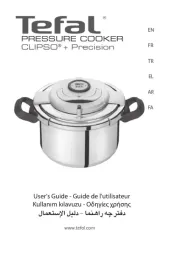
15 Juli 2025

15 Juli 2025
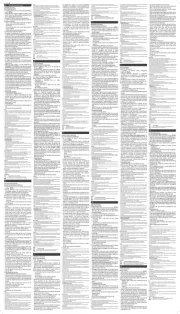
7 Juni 2025

12 Februari 2025

6 December 2024

6 December 2024
Handleiding Pan
- Wmf
- Westinghouse
- OBH Nordica
- Black Decker
- Adler
- Steba
- Concept
- Chefman
- Tesla
- Gorenje
- Hendi
- Vogue
- Gastroback
- SCANPAN
- Haier
Nieuwste handleidingen voor Pan
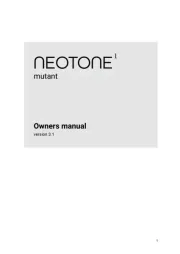
4 Augustus 2025
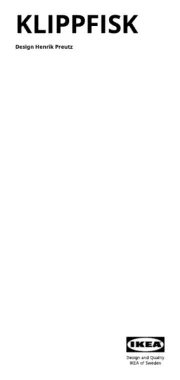
29 Juli 2025
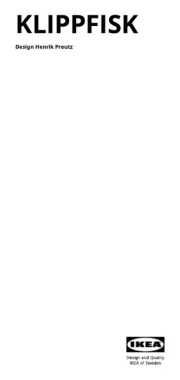
29 Juli 2025
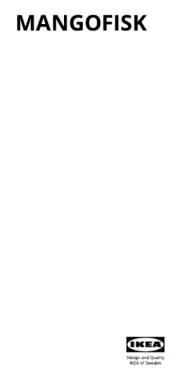
29 Juli 2025
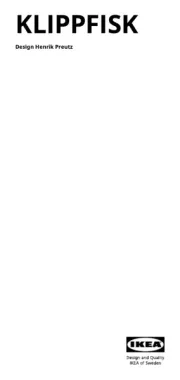
29 Juli 2025
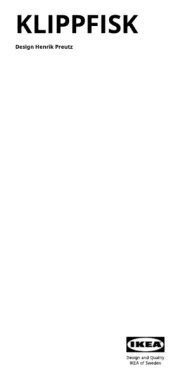
29 Juli 2025
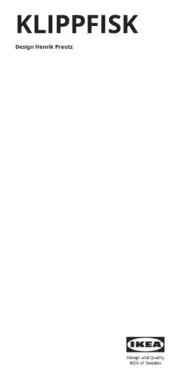
29 Juli 2025
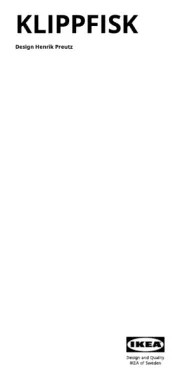
29 Juli 2025
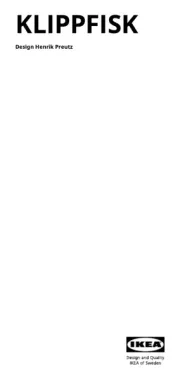
29 Juli 2025
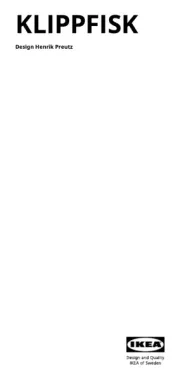
29 Juli 2025